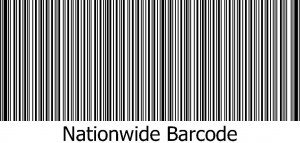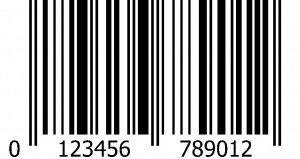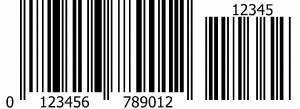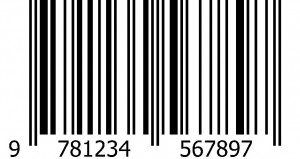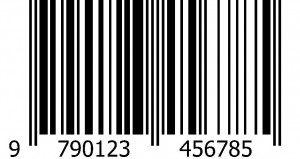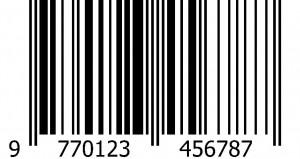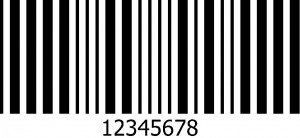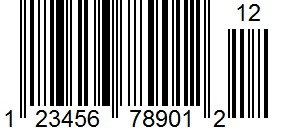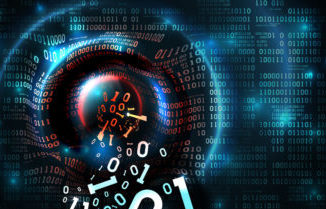There are many different types of One Dimensional Barcodes. This tutorial will show you many of the 1D Barcode Formats and will help you understand the differences. A 1D barcode or One Dimensional Barcode is called this because of how the barcode is read. A 1D barcode is read from side to side.
If have barcode numbers and you need help generating them, please go to this page – barcode graphics – or contact us by phone or email.
CODABAR
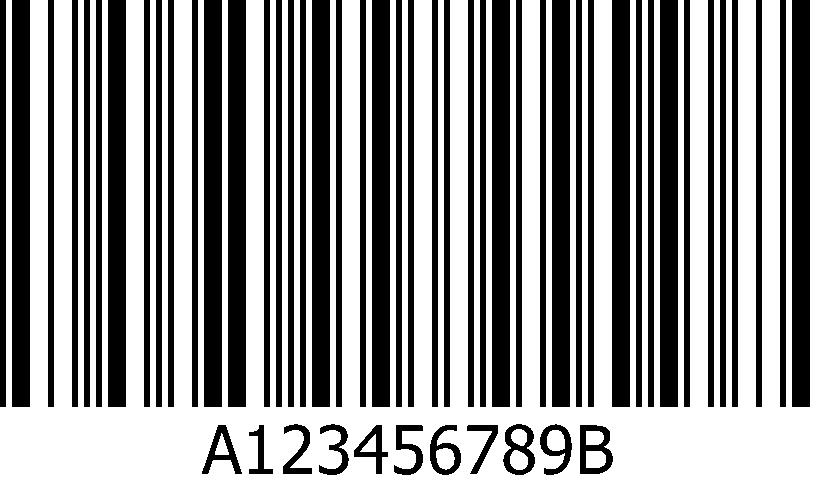
Originally developed by Pitney Bowes, the Codabar Barcode is used primarily by US Blood Banks, Photo Labs and Overnight Delivery Services. Codabar can encode the numbers 0 through 9, the start/stop characters A, B, C, D, E, *, N or T. and the six symbols (-:.$/+).
CODE 11 Barcode
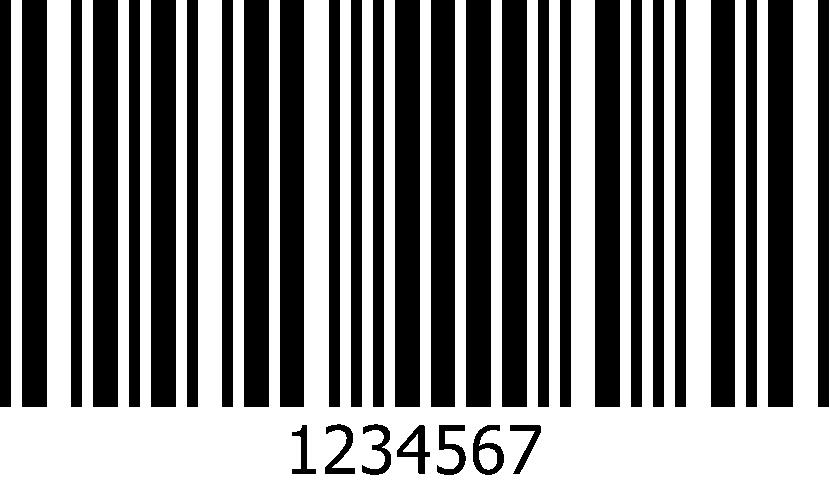
Code 11 is a barcode symbology developed by Intermec in 1977. It is used primarily in telecommunications. The symbol can encode any length string consisting of the digits 0-9 and the dash character (-). One or more modulo-11 check digit(s) can be included.
CODE 128 Barcode
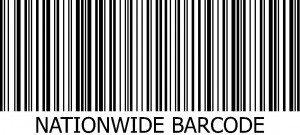
Code 128 is a very high-density barcode symbology. (A special version of it called GS1-128 is used extensively world wide in shipping and packaging industries.) It is used for alphanumeric or numeric-only barcodes. It can encode all 128 characters of ASCII and, by use of an extension character (FNC4), the Latin-1 characters defined in ISO/IEC 8859-1.
CODE 2 OF 5 – Interleaved
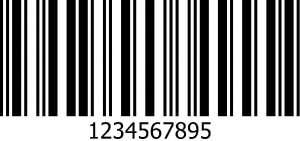
Interleaved 2 of 5 is a continuous two-width barcode symbology encoding digits. It is used commercially on 135 film and on cartons of some products, while the products inside are labeled with UPC or EAN.
CODE 39 Barcode

Code 39 (also known as Alpha39, Code 3 of 9, Code 3/9, Type 39, USS Code 39, or USD-3) is a variable length, discrete barcode symbology.
The Code 39 specification defines 43 characters, consisting of uppercase letters (A through Z), numeric digits (0 through 9) and a number of special characters (-, ., $, /, +, %, and space). An additional character (denoted ‘*’) is used for both start and stop delimiters.
One advantage of Code 39 is that since there is no need to generate a check digit, it can easily be integrated into existing printing system by adding a barcode font to the system or printer and then printing the raw data in that font.
Code 93 Barcode
Code 93 is a barcode symbology designed in 1982 by Intermec to provide a higher density and data security enhancement to Code 39. It is an alphanumeric, variable length symbology. Code 93 is used primarily by Canada Post to encode supplementary delivery information. Every symbol includes two check characters.
Code 93 is designed to encode 26 upper case letters, 10 digits and 7 special characters:
A, B, C, D, E, F, G, H, I, J, K, L, M, N, O, P, Q, R, S, T, U, V, W, X, Y, Z
0, 1, 2, 3, 4, 5, 6, 7, 8, 9
-, ., $, /, +, %, SPACE.
Each Code 93 character is divided into nine modules and always has three bars and three spaces, thus the name. Each bar and space is from 1 to 4 modules wide.
In addition to 43 characters, Code 93 defines 5 special characters (including a start/stop character), which can be combined with other characters to unambiguously represent all 128 ASCII characters.
EAN 13 Barcode
An EAN-13 barcode (originally European Article Number, but now renamed International Article Number) is a 13 digit (12 data and 1 check-digit) barcoding standard which is a superset of the original 12-digit Universal Product Code (UPC) system developed in the United States.[1] The EAN-13 barcode is defined by the standards organization GS1.
If you need an EAN 13 barcode, you can purchase these from our site: https://nationwidebarcode.com
EAN+ 2 Digit Barcode
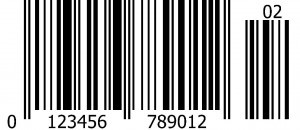
This is a variant of the EAN barcode. This can be used for magazines where the last two numbers represent the volume or month of issue.
EAN 13 + 5 Digit Barcode
This is a variant of the EAN barcode. Often used for Greeting Cards and other items when the manufacturer or distributor is responsible for inventory tracking
EAN 8 Barcode
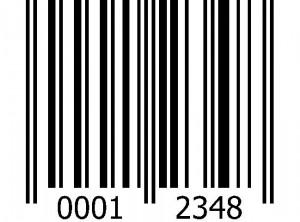
From wikipedia: An EAN-8 is a barcode and is derived from the longer European Article Number (EAN-13) code. It was introduced for use on small packages where an EAN-13 barcode would be too large; for example on cigarettes, pencils (though it is rarely used for pencils), and chewing gum packets.
EAN-8 barcodes may be used to encode GTIN-8s which are another set of product identifiers from the GS1 System. It begins with a 2- or 3-digit GS1 prefix (which is assigned to each national GS1 authority) 5- or 4-digit item reference element depending on the length of the GS1 prefix), and a checksum digit.
ISBN-13
The International Standard Book Number (ISBN) is a unique numeric commercial book identifier based upon the 9-digit Standard Book Numbering (SBN) code created by Gordon Foster, Emeritus Professor of Statistics at Trinity College, Dublin,for the booksellers and stationers W.H. Smith and others in 1966. (Wikipedia).
An ISBN barcode uses an EAN symbology.
ISBN with 5 digit Add On.
Most ISBN graphics also include a 5 digit add on. The first barcode is the ISBN barcode (using an EAN symbology) and the second barcode to the right indicates the price of the book. The first number, 5, represents a dollar sign ($). The next four numbers are the price of the book. In this exanple 51295 means that the book sells for $12.95. Since there are only 4 numbers after the 5, books that sell for more than $99.99 will be represented by 5999.
ISMN Barcode
The International Standard Music Number (ISMN) is a unique number for the identification of all notated music publications from all over the world, whether available for sale, hire or gratis–whether a part, a score, or an element in a multi-media kit.
The ISMN is designed to rationalize the processing and handling of notated music and the respective bibliographical data for publishing houses, the music trade and libraries.
As of 1 January 2008 the ISMN consists of 13 digits starting with 979-0
Existing 10-digit ISMNs are prefixed by 979-
The leading M- of the 10-digit ISMNs will be replaced by 0- (zero)
The resulting 13-digit number will be identical with the EAN-13 number that is currently encoded in the bar code
ISO Standard 10957 gives the basic rules of the ISMN system.
The thirteen-digit number allows a billion items each to carry a different number.
For Information about ISMN numbers go to: http://www.ismn-international.org/international.html
Used mainly throughout Europe, The ISSN (International Standard Serial Number) identifies periodical publications as such, including electronic serials.
The ISSN is a numeric code which is used as an identifier: it has no signification in itself and does not contain in itself any information referring to the origin or contents of the publication.
The ISSN takes the form of the acronym ISSN followed by two groups of four digits, separated by a hyphen. The eighth character is a control digit calculated according to a modulo 11 algorithm on the basis of the 7 preceding digits; this eighth control character may be an “X” if the result of the computing is equal to “10”, in order to avoid any ambiguity.
The first 3 digits
ITF 14 (GTIN 14)

The ITF14 is a 14 digit barcode used to mark the master shipping containers of products with a UPC identifier. It is based on the I2of5 barcode. ITF14 barcodes usually contain a top and bottom bar (sometimes rectangle) called the Bearers bar. These bars make sure that the barcode is read completely. The first number is typically an arbitrary number between 0 and 7, the next number is a zero, the following 11 numbers are the first 11 numbers on a UPC barcode and the last number is a check digit.
LOGMARS Barcode

LOGMARS (Logistics Applications of Automated Marking and Reading Symbols) is a special application of Code 39 used by the U.S. Department of Defense and is governed by Military Standard MIL-STD-1189B.
MSI Barcodes
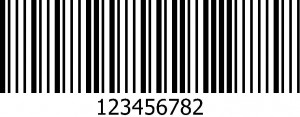
MSI (also known as Modified Plessey) is a barcode symbology developed by the MSI Data Corporation, based on the original Plessey Code symbology. It is a continuous symbology that is not self-checking. MSI is used primarily for inventory control, marking storage containers and shelves in warehouse environments.
Pharmacode Barcode
Pharmacode, also known as Pharmaceutical Binary Code, is a barcode standard, used in the pharmaceutical industry as a packing control system. It is designed to be readable despite printing errors. It can be printed in multiple colors as a check to ensure that the remainder of the packaging (which the pharmaceutical company must print to protect itself from legal liability) is correctly printed.
SSCC18 Barcode also known as UCC 128
This Symbology is also known as UPC-128 Shipping Container Code, Code 128 UPC Shipping Container Code, Serial Shipping Container Code, UCC-128, EAN-18, NVE (Nummer der Versandeinheit)
This is a special version of UCC/EAN-128, with Application Identifier (AI) = 00. It is used to identify shipping containers by a serial number.
SSCC18 Barcodes can be configured 3 different ways, no bearer bars, bearer bars top and bottom or bearer bars on all 4 sides.
UPC A (UPC 12)
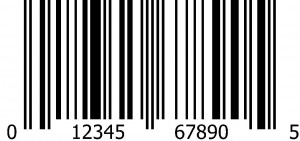
UPC-A Barcodes are used for marking products sold in stores throughout the USA and Canada. The barcode is comprised of three groupongs of numbers, the manufacturer ID (the company who owns the barcode prefix) which is 6, 7, 8 or 9 digits in length, the balance of numbers totalling 11 digits and the final 12th number (Check Digit or Checksum).
Often used for Magazines – the second barcode indicates month or edition.
UPC-A Barcode with 5 Digit Extension
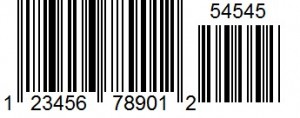
Often used for Greeting Cards where the publisher takes responsibility for inventory management and stocking of product.

